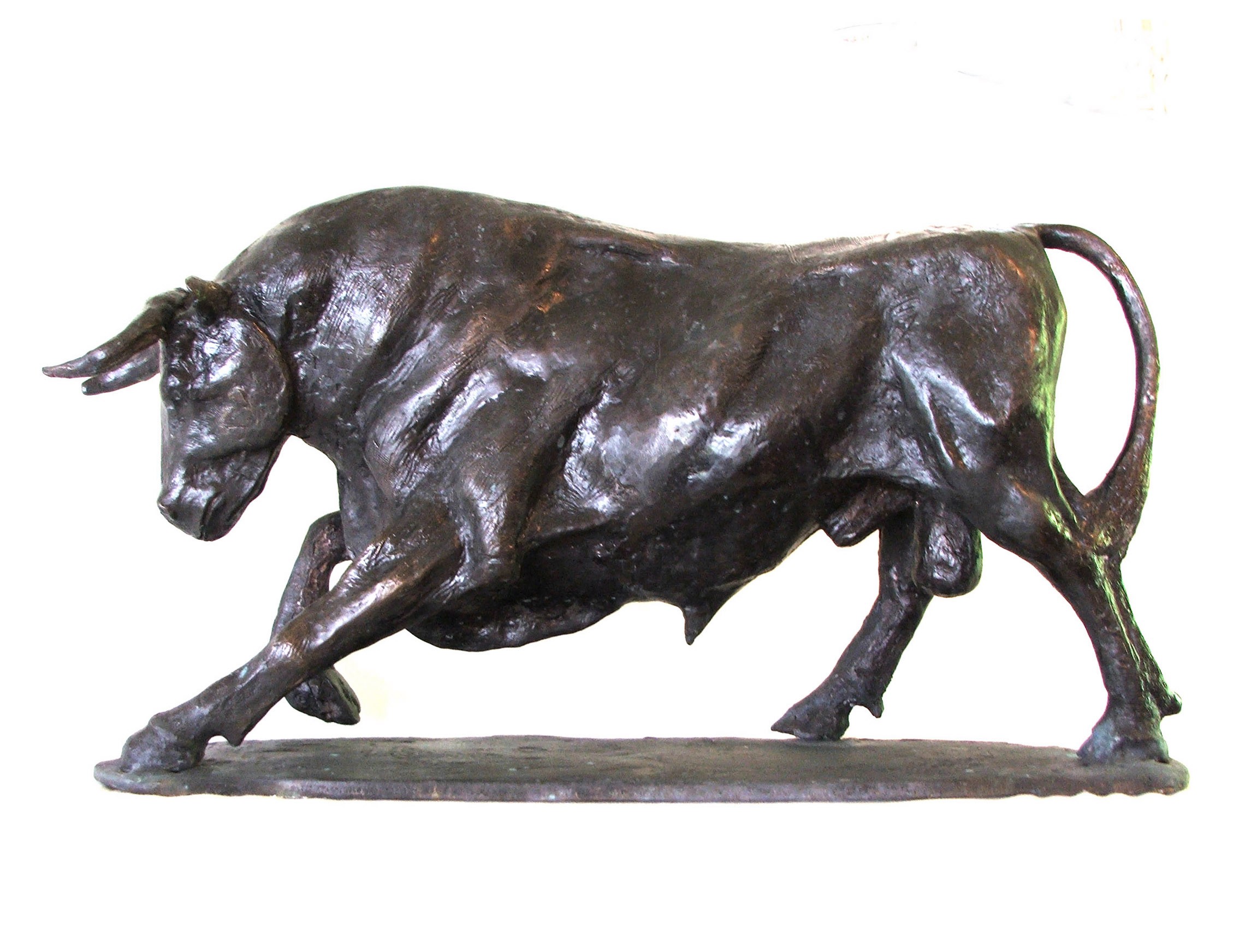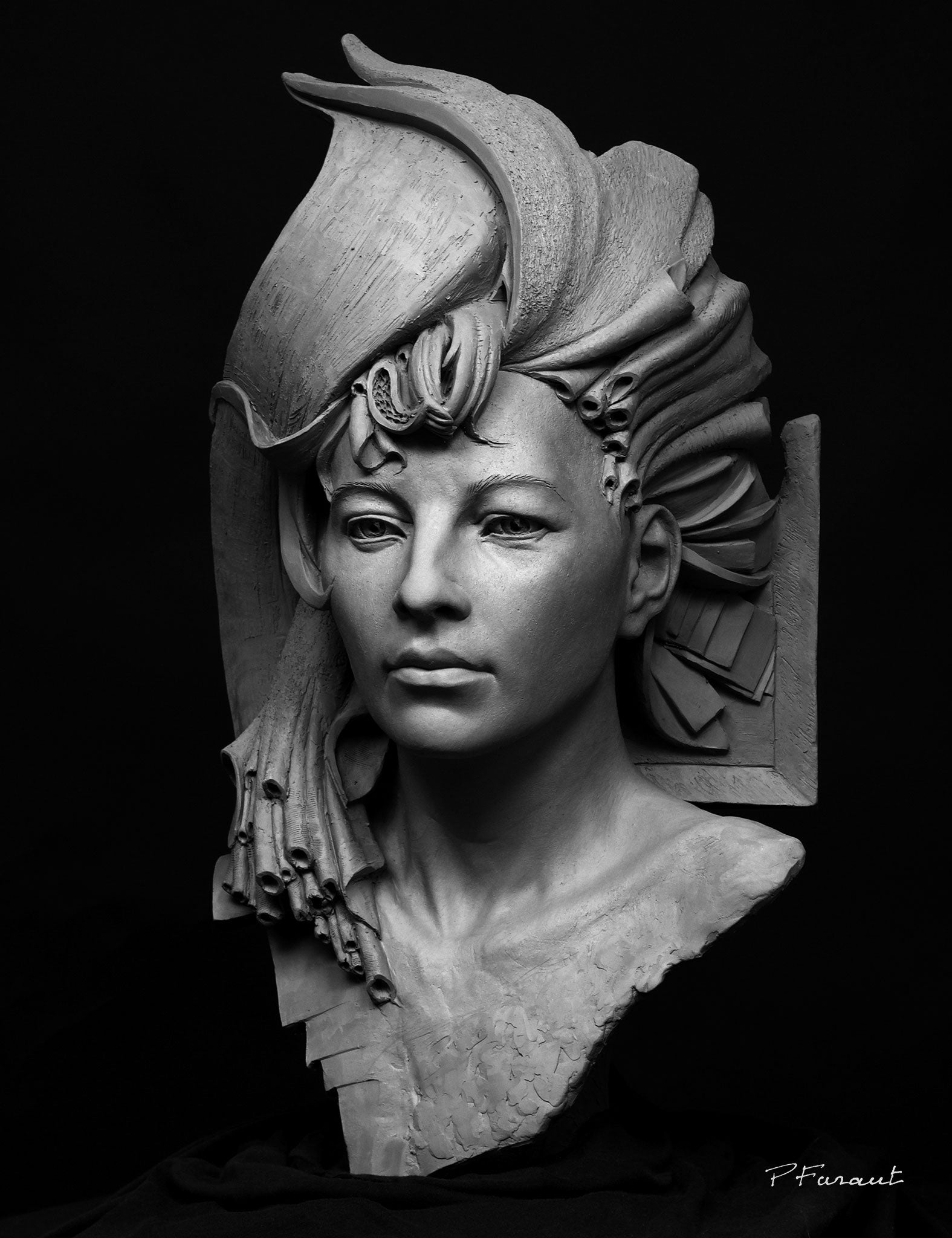Infinite Elegance in Bronze: Introducing the Art of Bronze Sculptures
Wiki Article
The Advancement of Sculptures: From Old to Modern
The Development of Sculptures: From Ancient to Modern. Contemporary Sculptures.Sculpture, among the oldest forms of art, has actually been an essential component of human world for millennia. From the ancient worlds of Egypt and Greece to the contemporary period, sculptures have actually progressed, reflecting adjustments in creative methods, materials, and cultural impacts. This trip via time traces the advancement of sculptures, checking out the shifts in vogue, subject matter, and imaginative expression.
Starting with the ancient world, sculptures crafted from stone and later on bronze caught the significance of divine beings, rulers, and daily life. The Renaissance duration experienced a revival of timeless sculpting techniques, as musicians sought to imitate the elegant kinds of ancient Greek and Roman sculptures (Contemporary Sculptures). In the contemporary period, musicians challenged conventional limits, accepting abstraction and experimentation with brand-new products
This exploration will look into the varied advancement of sculptures, disclosing the abundant tapestry of creative expression throughout various periods and societies.

Old Sculptures: From Stone to Bronze
Old sculptures transitioned from being taken of stone to being cast in bronze. This shift noted a significant evolution in the art of sculpture, enabling higher refinement and detail in the completed jobs. Stone sculptures, while remarkable in their own right, were limited by the nature of the material. Rock required considerable sculpting and shaping, typically resulting in a more simplified representation of the topic.The introduction of bronze as a medium for sculptures brought around a transformation in artistic expression. Bronze used carvers the opportunity to create intricate and natural forms that were not possible with stone. The procedure of casting bronze permitted the creation of multiple duplicates of a sculpture, enabling larger distribution and conservation of these creative masterpieces.
The shift from stone to bronze additionally saw a change in the subject matter of sculptures. While rock sculptures mostly shown gods, goddesses, and mythical figures, bronze sculptures began to show a broader series of subjects, including daily individuals and animals. This expansion of topic showcased the flexibility and versatility of the bronze medium.
Renaissance Resurgence: Sculpting in the Classical Style
The Renaissance rebirth of sculpture experienced a resurgence in the classical design, building upon the improvements made during the shift from rock to bronze in old sculptures. Throughout this duration, artists sought to recreate the classical aesthetic and suitables of elegance that prevailed in ancient Greek and Roman sculptures.Among the essential characteristics of the Renaissance resurgence was the emphasis on naturalism and the human type. Sculptors like Donatello and Michelangelo aim to catch the anatomical details and expressions of their subjects with unmatched accuracy. They examined the body and integrated their observations into their sculptures, causing realistic and practical representations.
An additional crucial facet of the Renaissance resurgence was the expedition of point of view and depth. Musicians made use of strategies such as contrapposto, where the weight of the body is shifted away, developing a sense of movement and dynamism. They likewise explore various materials, including marble and bronze, to accomplish a degree of refinement and intricacy in their sculptures.

Modernism and the Avant-Garde: Breaking Conventional Limits
Throughout the Innovation and Avant-Garde movements, sculptors pushed the borders of typical artistic conventions. This duration, which emerged in the late 19th and very early 20th centuries, saw a significant change in the means musicians approached sculpture. Declining the idea of art as plain replica, modernist carvers sought to discover brand-new kinds, products, and ideas.
One of the crucial features of modernist sculpture was the focus on abstraction. Sculptors moved away from sensible depictions and rather concentrated on recording the essence of the topic via simplified forms and geometric shapes. This departure from traditional representation permitted musicians to express their feelings and concepts in a more individual and subjective way.

Contemporary Sculptures: Checking Out New Materials and Concepts
With a concentrate on exploring brand-new materials and ideas, modern sculptures have changed the area of art. Artists today are pressing the limits of standard sculpture by making use of cutting-edge products and exploring with abstract principles. These sculptures test standard ideas of type, materiality, and meaning, inviting visitors to take part in a brand-new and provocative imaginative experience.Contemporary sculptors are embracing a wide variety of products, consisting of plastic, glass, steel, and also organic issue. They are not restricted to the traditional tool of stone or clay, permitting higher civil liberty and testing. This change towards unconventional materials has opened brand-new opportunities for artists to produce sculptures that are vibrant, interactive, and aesthetically striking.
In enhancement to checking out brand-new products, modern sculptures likewise dive right into complex and abstract concepts. Artists are now checking out themes such as identity, social concerns, and the environment, using sculpture as an effective tool for social commentary and introspection. These sculptures test visitors to assume seriously and involve with art on a much deeper degree, sparking discussions and provoking psychological feedbacks.
Global Impacts: Sculptural Customs From Worldwide
Sculptural practices from different areas of the globe have dramatically shaped the advancement of sculptures throughout background. The global influences on sculpture have actually been diverse and have contributed to the splendor and selection of creative expressions. From the old people of Egypt, Greece, and Rome to the intricate carvings of Oriental societies, each region has developed its unique sculptural traditions that have actually affected artists across time.In ancient Egypt, sculptures were developed largely for funerary and religious purposes. The famous sculptures of gods and pharaohs, such as the Great Sphinx and the breast of Queen Nefertiti, display the Egyptians' mastery of stone sculpting and their idea in the afterlife.
In old Rome, sculpture served both political and imaginative objectives. Roman sculptures typically shown emperors, generals, and mythical figures, showing the power and magnificence of the realm. The marble statue of Augustus of Prima Porta and the monumental Arch of Constantine are significant instances of Roman sculptural accomplishments.
Asian sculptural customs, particularly in India, China, and Japan, have additionally had an extensive influence on the development of sculptures. Japanese sculptures, influenced by Buddhism, emphasize simplicity and harmony, seen in the tranquil sculptures of Buddha and the stylish art of bonsai.
The global influences on sculpture proceed to develop in the modern-day period. Musicians today attract inspiration from various sculptural traditions, including brand-new products, strategies, and principles to produce ingenious and thought-provoking art work. The fusion of different cultural influences has generated a dynamic and varied sculptural landscape, mirroring the interconnectedness of our global society. As we seek to the future, it is certain that the worldwide impacts on sculpture will remain to form and redefine this ancient art kind.
Conclusion
Finally, the development of sculptures has seen a shift from old stone and bronze works to the classic revival during the Renaissance. This was followed by the breaking of typical limits with modernism and the progressive activity. Today, contemporary sculptures check out brand-new materials and principles, while likewise drawing inspiration from global sculptural customs. The journey of sculptures shows the ever-changing artistic expressions and social impacts throughout history.From the ancient people of Egypt and Greece to the modern age, sculptures have actually advanced, showing modifications in creative methods, materials, and social influences.Beginning with the old world, sculptures crafted from stone and later on bronze caught the essence of divine beings, rulers, and daily life.Old sculptures transitioned from being sculpted out of stone to being cast in bronze. While stone sculptures predominantly depicted gods, goddesses, and mythological numbers, bronze sculptures started to show a wider range of topics, including daily people and pets.In verdict, the evolution of sculptures has seen a change from old rock and bronze functions to the timeless rebirth during the Renaissance.
Report this wiki page